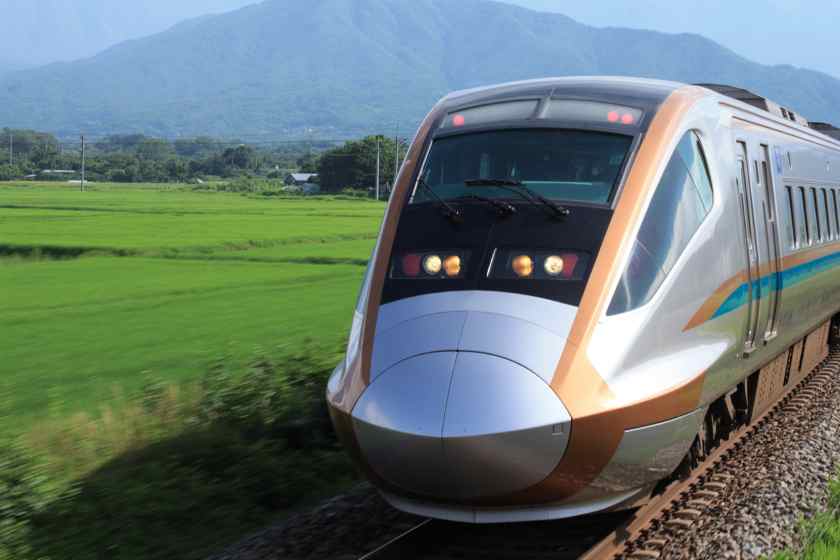Published on
August 30, 2025

India is gearing up to lay down bullet train links in South India, zeroing in on key cities like Hyderabad, Amaravati, Chennai, and Bengaluru. The high-speed rail line is predicted to benefit more than 50 million people by linking these bustling metro areas with speedy, reliable rail. Officials unveiled this plan during the India Food Manufacturing Summit, emphasizing that modern transport is crucial to accelerating regional economies.
This bullet train push is part of the national goal to connect major economic centers and shorten commute times for millions. A detailed survey is already looking at the best possible corridors for the network. The plan responds to South India’s rapidly growing population and dynamic markets, promising a rail solution that can keep pace with both.
Why South India Needs Bullet Trains
Launching bullet train services in South India is set to reshape travel in the region and to the rest of the country. By connecting Hyderabad, Amaravati, Chennai, and Bengaluru, the line will shrink journey times to just a few hours, turning what was once a full day of travel into a planned, quick trip. Such a time-saving upgrade can encourage more family visits, business meetings, and day trips between the cities, ultimately boosting commerce, hospitality, and education.
The new bullet train promises to be the quickest, most dependable choice for people traveling in South India. By cutting the usual travel times, it will make business trips, vacations, and daily commuting much easier, helping cities in the region to grow into important economic and cultural centers.
The Indian government sees the bullet train as more than just a modern way to travel; it is also a way to help the southern economy grow. By linking the states more tightly, the project hopes to encourage stronger cooperation in trade, manufacturing, and tourism.
Road Upgrades in South India
Alongside the bullet train, the government is also launching wide-ranging improvements to South India’s road system. Large amounts of funding will be used to upgrade highways and to repair and modernize roads in the most remote areas. The aim is to bring the entire region’s roads up to international standards, creating a smooth and efficient transportation network.
These improved roads will work hand in hand with the bullet train, giving travelers a smooth and quick journey from station to destination. The upgrades will also help to ease traffic jams, make roads safer, and speed up the movement of goods, all of which will further strengthen the regional economy.
Economic Impact of the South Indian Bullet Train Project
The South Indian bullet train is shaping up to leave a strong economic mark. The corridors linking Hyderabad, Chennai, Amaravati, and Bengaluru—four cities that already drive the country’s growth in tech, manufacturing, and services—will soon be knitted closer together. Slicing travel time will mean quicker deliveries, easier commutes, and, most importantly, a fresh boost to trade and travel between the hubs. Contact hours will open up for firms, let entrepreneurs expand markets, and let neighbouring states deepen coordination.
The Indian government estimates that the service will touch millions of daily commuters—students rushing to classes, tech specialists heading to meetings, and tourists visiting the state. A speedy and dependable option will make visiting South India more appealing, in turn expanding the local hospitality, shopping, and heritage sectors.
Environmental and Social Gains
On the green front, the bullet train promises a cleaner way to travel. High-speed trains consume less energy than cars and airplanes, the majority of which still depend on fossil fuels. The plan is being marketed as a sustainable travel model that will ease gridlocked roads and cut the smog that plagues big urban areas. By providing an efficient alternative for long-distance journeys, the service aims to lessen the regional carbon footprint and grant cities a quieter, cleaner environment overall.The bullet train will have an important social effect, too. By linking cities faster, it should help close the gap between urban and rural areas. People living in remote places will find it easier to reach big cities, meaning better education, healthcare, and job chances. This boost will fuel growth all across the region.
The Path Ahead: Challenges and Chances
While the bullet train plans in South India look hopeful, some tough tasks lie ahead. The government must sort out land purchases, get environmental clearances, and find enough money. Building the line will also need close teamwork between state governments, local councils, and transport experts. Still, the project brings bright chances. The rail line will create work, both while it’s being built and when it runs, giving the local economy a lift. Better tracks will also catch the eye of investors, because good transport is a must for businesses and international backers.
Conclusion
The South India bullet train project marks a key move in upgrading the country’s transport system. By connecting Hyderabad, Amaravati, Chennai, and Bengaluru, the initiative plans to build a sleek, high-speed railway network. This network is expected to boost ties between cities, drive economic activity, and lift the everyday experience for crores of residents.
While the surveys are still under way, and construction accelerates, residents can envision a coming era where quick and clean train travel redefines the South. A more linked and competitive regional marketplace awaits them.







